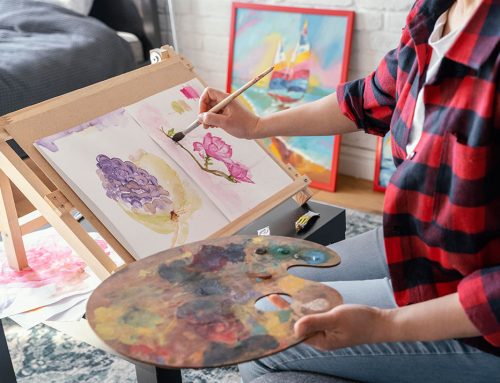Modern world’s recurring thrust is that design thinking is considered more than just an operation or practice. It actually corresponds to “Cradle-to-Cradle” design approach which is regenerative in its nature. The first step towards design thinking, which is usually concealed, is to encounter uncertainty or fear corresponding to any condition but what it turns out can lead to innovation. It makes the apt justification of “It’s what you don’t see that matters.”
Design thinking in PYP helps to utilize the power of design as a tool for solving problems and pitch it to ace in the hole. Through design thinking process, PYP learners approach towards constructing ideas from the ground up and sub-struct them with brainstorming sessions which eventually leads to ideate and test solutions for the best possible outcome. PYP robustness to design enlarges the scope of thinking, leadership skills and drives inquiry in the classroom. During the thinking process, the students explore their creativity and put it into action by designing objects speculating sustainability. In addition to it, PYP is enlightened towards “Product Semantics”. It is an attempt to symbolise what a product is or does through its form. Following this method, our young designer uses shape, texture, materials, and color to convey meaning. A designer using product semantics in place of mere “styling” creates products that are understandable and engaging.
PYP learners are encouraged to gain deep empathy for the people while designing any product in the classroom by conducting informal interviews and observations. Furthermore, the learners define the information collected as a part of their reflection and start working on it. They are encouraged to follow the design thinking principles which exists as developing prototype and testing it in their environment to check its authenticity.
Our PYP learners are given a platform to develop and refine skills which allow them to understand and act on rapid changes in our environment and behavior. It is linked to posterity with improvements. With a solid foundation in science and rationality, Design Thinking seeks to generate a holistic and empathetic understanding of the problems that people face. With this approach, our PYP learners are inspired to follow human-centered practice as a part of design thinking. They are considered collaborative and multi-disciplinary approach to problem solving. Besides this, PYP learners’ approach “Eco-friendly Products” which have high eco-efficiency in the environment keeping in mind the principle of sustainability.
These learning engagements in the classroom also allows non-designers a way to excel in design and collaboratively solve big problems of our community. This precedence in learning by embracing design thinking through unit of inquiry will entail their victory in today’s world which will make a fantastic learning experience for the students.






Wonderful and very unique